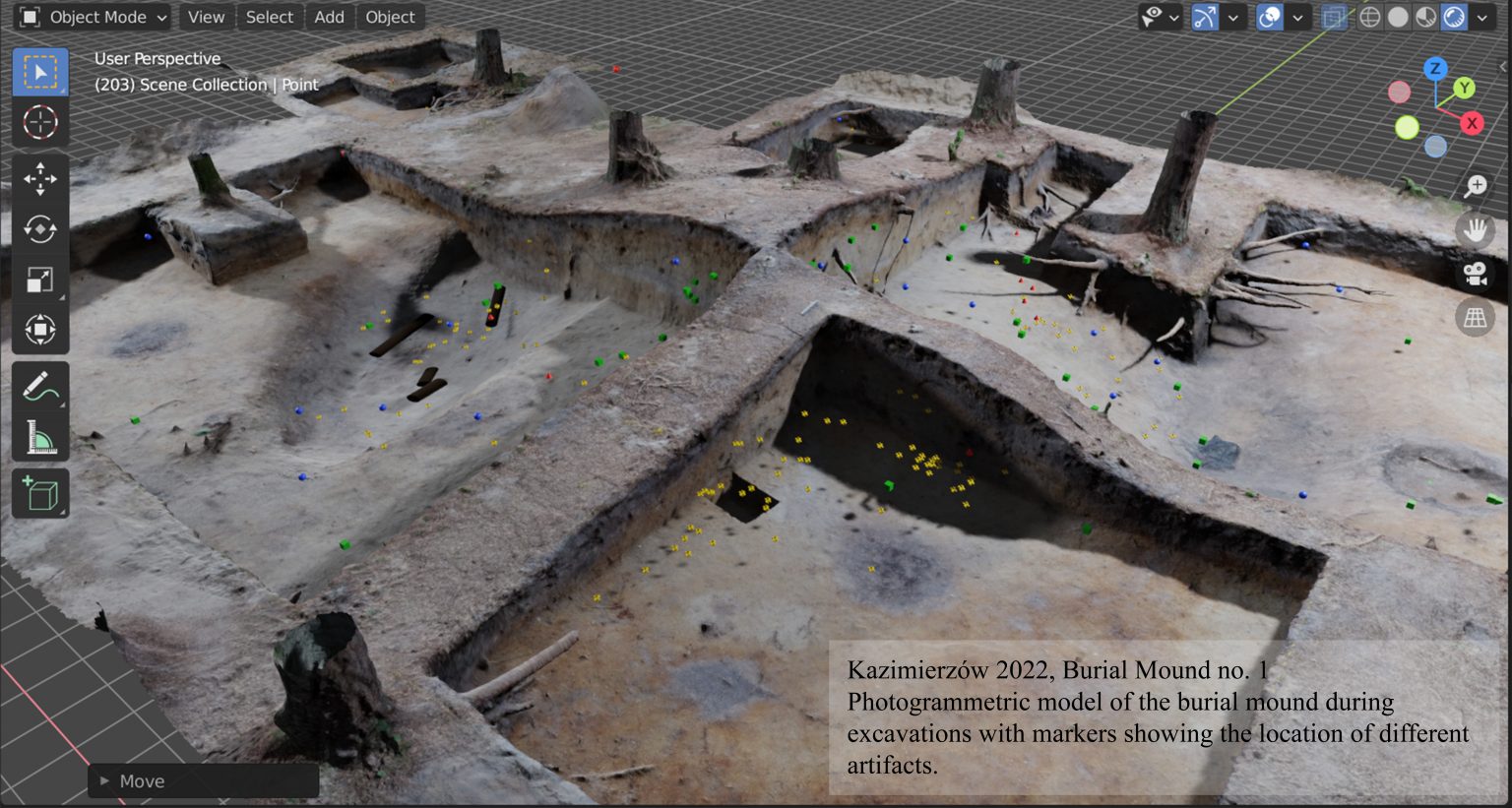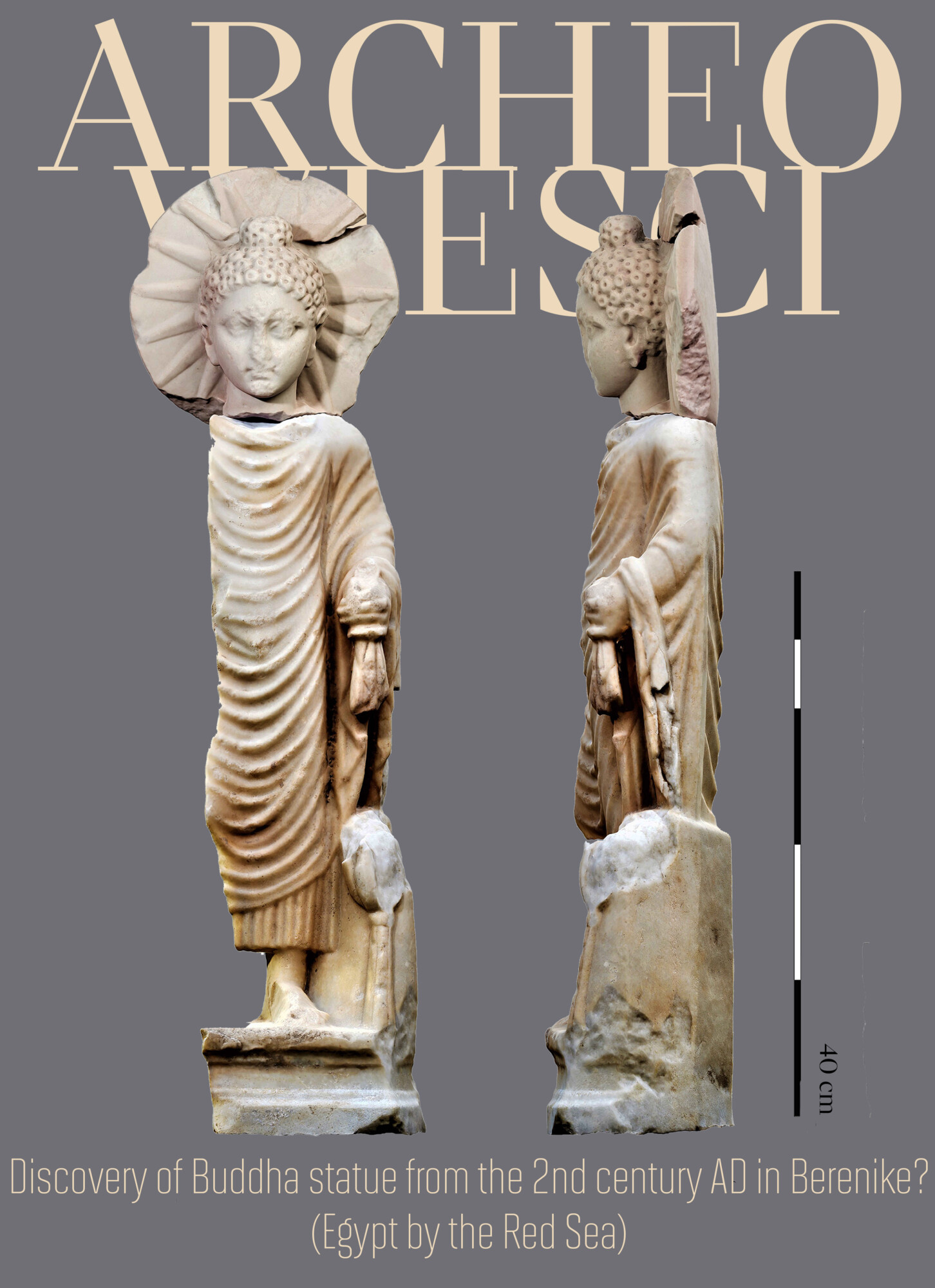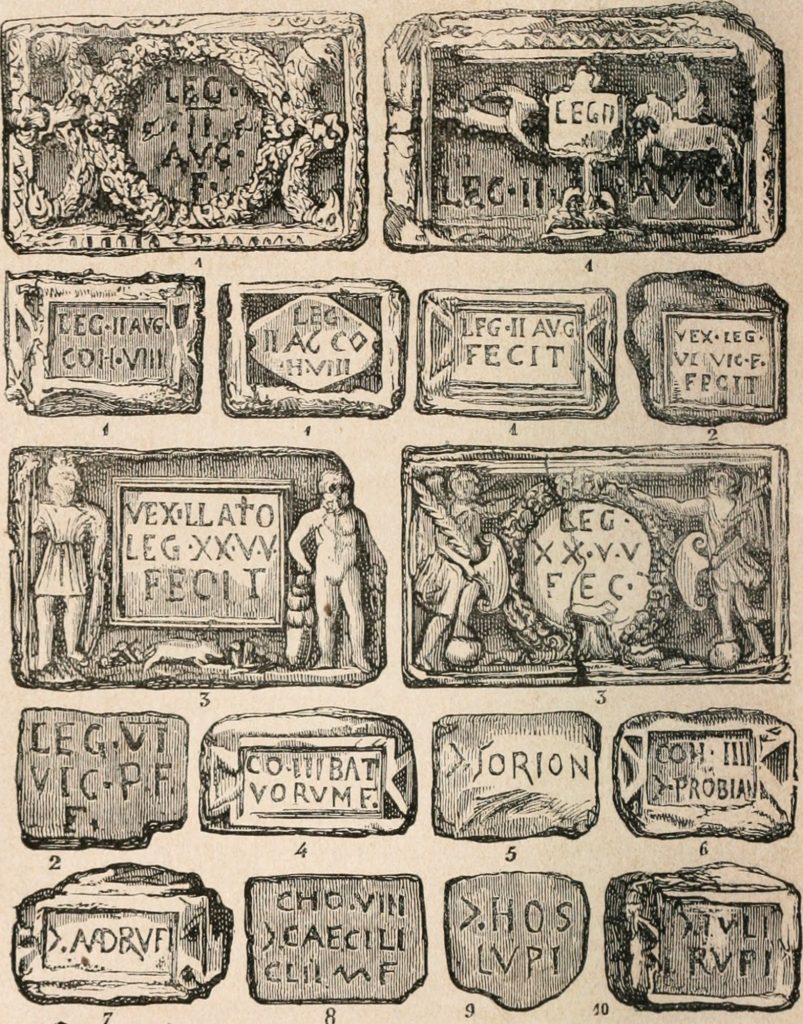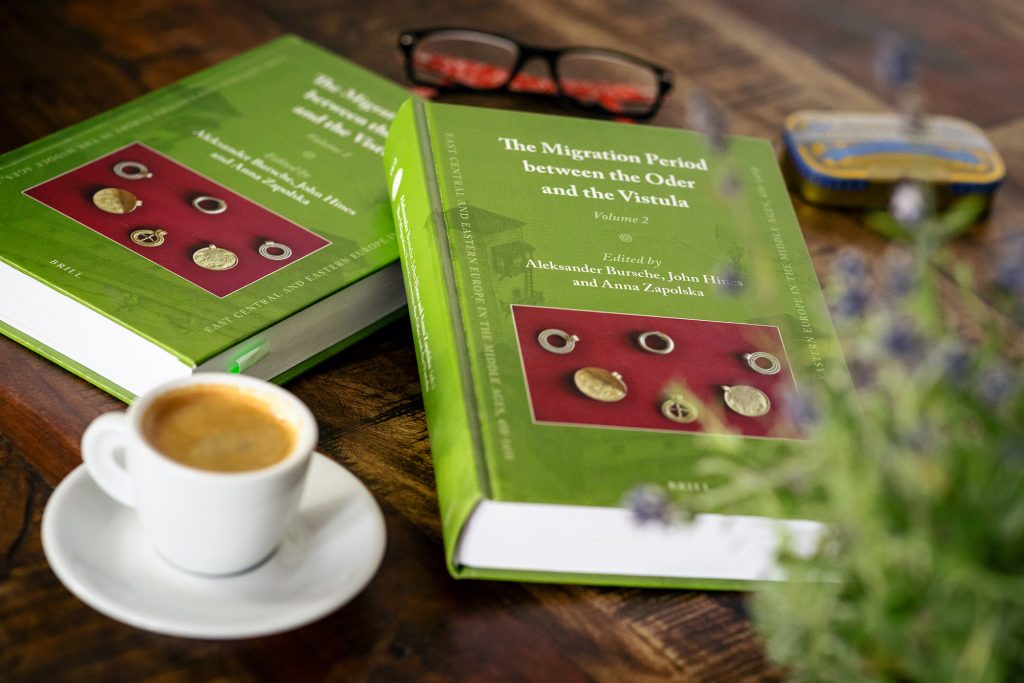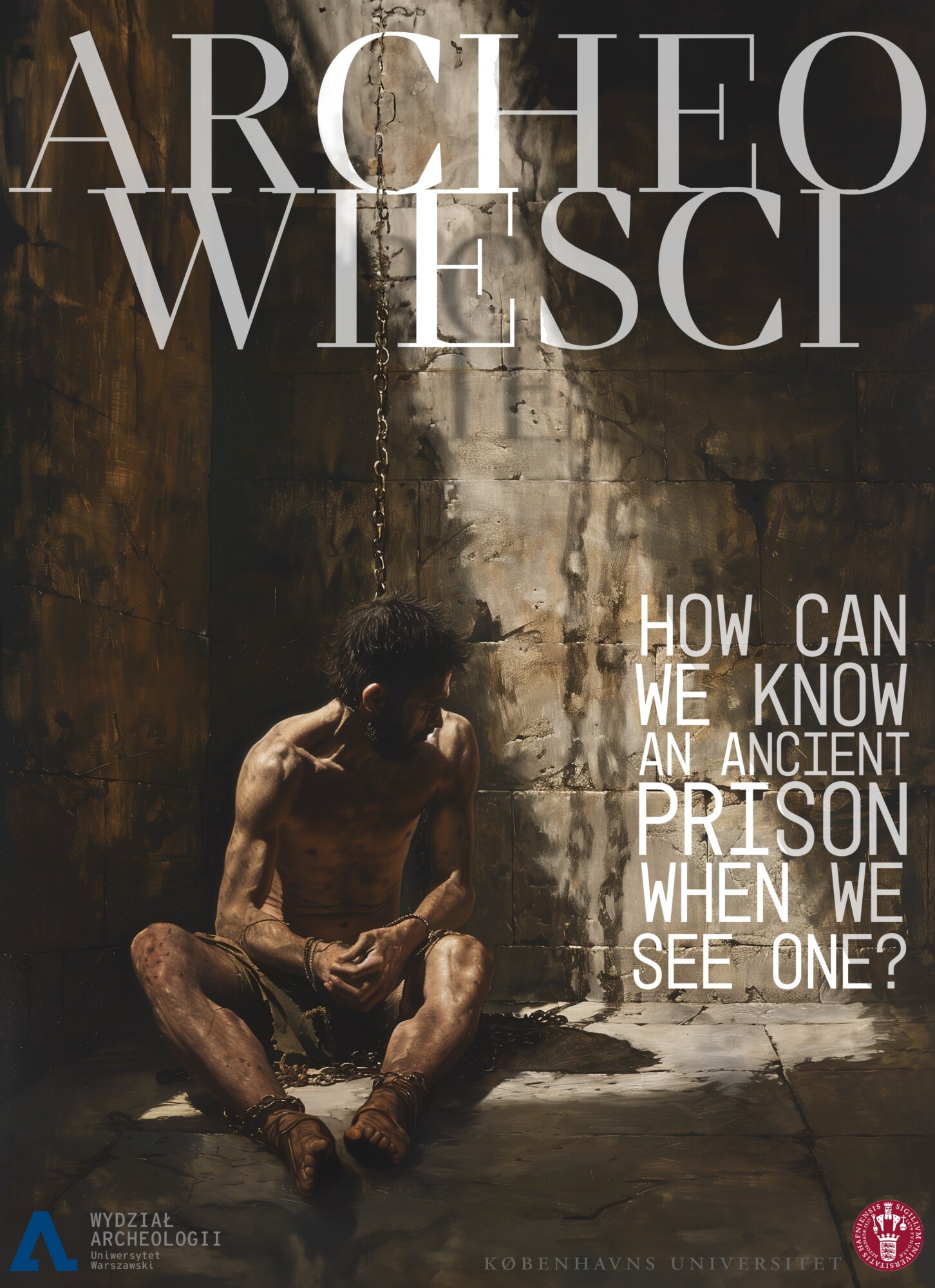
How can we know an ancient prison when we see one? The question is a bit tricky, because prisons have proven challenging to identify in the archaeological record. One might ask, after all, aren’t they just rooms like any other rooms: four walls, single entry and exit, and a door with a locking device? What makes them different from other spaces?
While there are certain outliers, the traditional understanding has been that prisons are generic rooms and hard, if not impossible, to distinguish. In fact, an archaeologist of the stature of Luke Lavan has recently claimed:
“Of prisons we know little. We have no securely identified architectural evidence.”
(Lavan 2007: 121)
While this comment is incorrect, it does reflect the state-of-the-field in archaeology when it comes to identifying prisons. At a different level, while a few (and growing) number of prisons have been identified by excavators during the course of the 20th century, many experts would admit that they have no idea what a Roman prison looks like, which reflects the lack of anything like a typology of ancient Roman prisons.
Continue reading “How can we know an ancient prison when we see one?”

